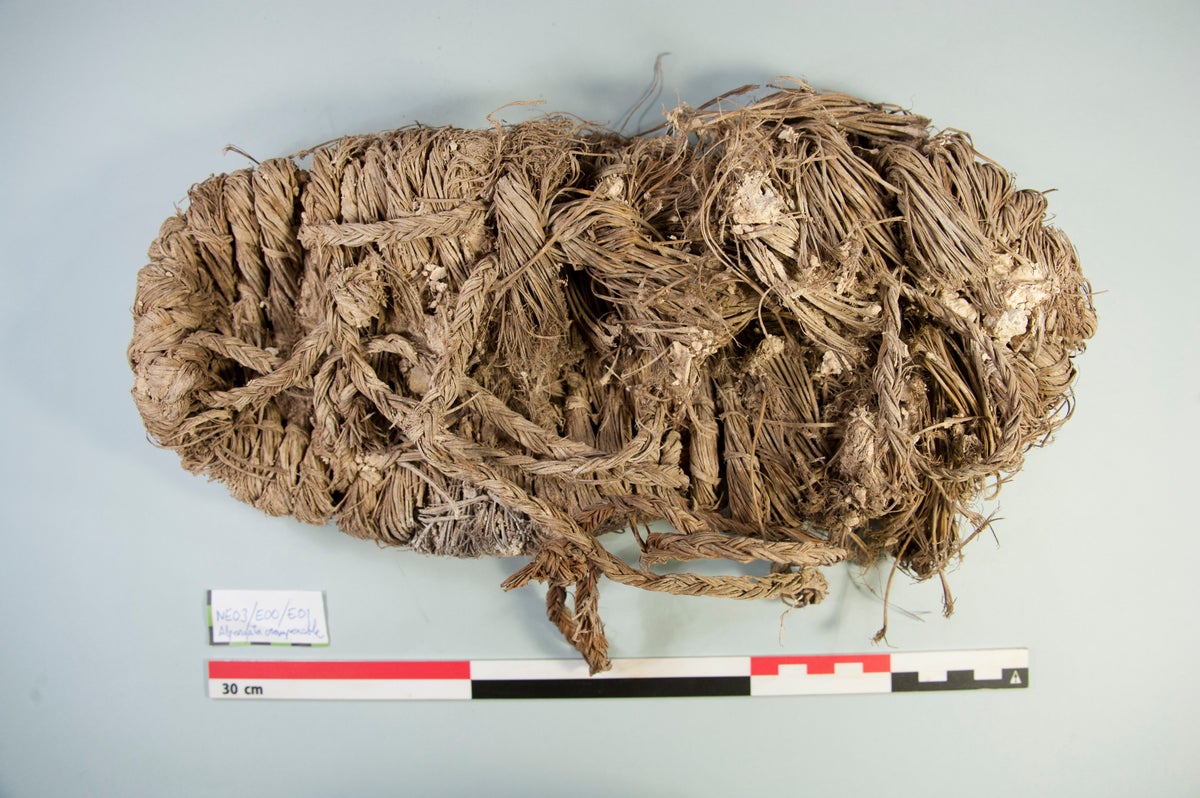
"This habit has given researchers in southern Spain a unique boon: time capsules of human activity that stretch back more than 600 years in the vultures' remote cliffside nesting caves. The raptors often reuse sites for generations. Sifting through centuries' worth of eggshells, sticks and broken bones, scientists have found a wealth of remarkably preserved historical artifactsamong them a crossbow bolt, part of a slingshot and a piece of leather with red decorations that archaeologists say could be a very peculiar mask."
"The vultures seem to be particularly fond of footwear; so far in excavating the upper layers of 12 nesting sites, the researchers have found 25 shoes made from woven esparto grass. A sheep leather fragment that archaeologists say might be a very peculiar mask was found in an ancient vulture nesting site. It is more than 625 years old."
"With low humidity and protection from the elements, these cliffside caves create the perfect setting for preserving traces of human history and past environmental conditions. These are the most inaccessible places you can imagine, says Sergio Couto, a biologist at the University of Granada and co-author of a paper on the discoveries published recently in Ecology. It's impossible to enter if you cannot fly. (Or, in the researchers' case, rappel down from the cliffs.)"
Bearded vultures in southern Spain collect human-made objects and deposit them in remote cliffside nesting caves, creating time capsules spanning more than 600 years. Low humidity and shelter preserve items such as a crossbow bolt, part of a slingshot, a sheep leather fragment with red decorations, and 25 woven esparto grass shoes recovered from upper layers of 12 nesting sites. Some nesting caves are reused across generations, concentrating centuries of eggshells, sticks and broken bones alongside artifacts. One leather fragment interpreted as a possible mask dates to more than 625 years old. Cliff access is extremely difficult without flying or rappelling, aiding preservation. Researchers suggest deeper layers may extend findings further back in time.
Read at www.scientificamerican.com
Unable to calculate read time
Collection
[
|
...
]